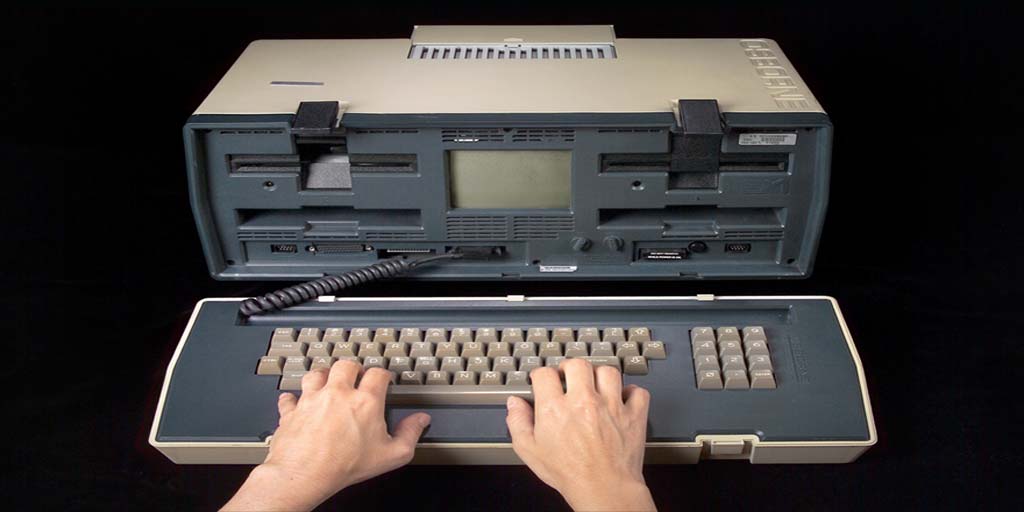There is a new protocol at the local hospital.
I see it as another one of these “moving in reverse” schemes. The protocol relates to how I admit patients directly from my clinic to the hospital.
I’ll simplify it for you. You are a patient seeing me in my outpatient clinic. I evaluate you and make the decision that you need to go to the hospital. Maybe, your symptoms are concerning for an impending heart attack, but for whatever reason, I need to admit you to the hospital.
Previously, here’s how I did that. I picked up the phone and called the house supervisor of the hospital. I told that person your name and date of birth. Then, I told you to head directly to the Admissions Office on the first floor of the hospital, and they would escort you to your room when you arrived. One phone call. One instruction given to you. Two-steps.
Evidently, however, this method has become outdated. I guess it’s now too archaic to speak with a human being, even though medicine is supposedly a human service industry.
Hence, we have a new protocol. I just got trained on it today. As you might imagine, the hospital has hired another third-party to manage this new protocol. Just another third-party mooching off the system, using technology to literally move us backwards in time.
I have no idea how this third-party sold their product to the hospital. I suspect they sent some folks to some hospital meeting. And, some administrator at the meeting, who has never witnessed office-based workflow, thought the idea sounded good while drinking some coffee.
In fact, I’d love to have this company’s sales people working on some of my ideas. They must be fantastic and here’s why. They basically have just designed a website. Another place with another login. And, the website is entirely separate from anything that the hospital already uses. This website doesn’t communicate with the hospital’s electronic medical record system or the physician order entry system. I still have to login to those systems when admitting a patient to the hospital too. But, this new protocol adds yet another step.
Here’s how it works. You begin by logging into a website and re-entering the same data that you just entered in your own clinic note. You re-type the patient’s name, date of birth, address, insurance, and all the symptoms the patient is having to justify the admission. You enter code numbers for the patient’s medical diagnoses, and if you don’t know the lingo, there’s a search bar to scroll through thousands of possibilities.
You must enter height, weight, temperature, and blood pressure. If you don’t have all of this data, you are blocked from going on to the next page. The interesting thing is that in my office we do not routinely check your temperature. Usually, when I’m admitting you to the hospital for a heart attack, your temperature is a little bit lower on the list of priorities. Regardless, if you don’t have a temperature, no worries. The company told me to just make one up so you can go to the next screen! Unbelievable.
Ultimately, once you fill in three dozen entries on a webpage form, including all the information about who you’ve met recently that may have heard of Ebola, you get to submit your request for a hospital bed. Then, you wait.
You wait. That’s right. Keep refreshing the screen, I’m told. The goal is to have a bed assignment ready in 15 minutes. Everyone at the hospital is still working to meet that time clock, given this new system and all, but after about 15 minutes, and a half-dozen screen refreshes, you should know in what room your patient will spend the night.
Then, get this. I print my patient a “boarding pass.” I’m not kidding. That’s what it’s called. It’s a piece of paper the patient can take to the hospital to let him or her in. But, here’s the hilarious part. The patient doesn’t actually go to his or her room that’s been assigned. Do you know where the patient goes with the boarding pass? To the Admissions Office, the very same place the patient went before this new system was implemented.
Let me tell you, stuff like this is rampant in medicine. And, we scratch our head trying to figure out why costs aren’t improving with all this “technology.” It’s because when you use technology solely to satisfy bureaucratic requirements that have no business existing anyway, we literally move ourselves in reverse. We don’t need another system, that doesn’t integrate with another system, that needs another password to meet some “quality” measure.
I tried to call the hospital administration to ask why we were changing the previous two-step process into a twenty-five step ordeal. I got passed up the administrator chain like I normally do. Literally, I went through five other people that I’m guessing are employed to help implement pointless new systems like this one. I’m still waiting on a response from corporate headquarters, which incidentally is four states removed from my own.
I may get an answer, but it won’t make any sense. They never do. I suspect that it has something to do with a new administrator’s interpretation of the hospital’s self-created compliance rule. But, I’ll guarantee you that whoever came up with the idea, has never even witnessed the workflow in a medical office. In fact, I hope that’s the case, because otherwise we’ve got bigger issues involving unintelligible thought.
“Dr. Bilhartz, thank you for contacting the hospital administration. You provide fantastic care to your patients. Just keep seeing more patients and admitting them to our hospital. And, don’t worry, we know some changes need to be made. In fact, we will soon be modifying this new system once we install another system that will make everything even better.”
I just shake my head. They don’t get it. You can’t implement improved workflow systems when you have no understanding of workflow. I can actually help with that, but to be honest, the tanker ship doesn’t want assistance with navigation. The ship is already too far out to sea and appears to have no interest in turning.
Kind of makes me want to open my own hospital. Then again, thanks to the Affordable Care Act, I’m not allowed to do that any more. They say that I might have a conflict of interest. Let me tell you, the only conflict that I see is that I’m actually motivated to provide you more efficient care. Once again, I’m your doctor, and I do this every day.
If you really get it, you would know that everyone has an angle. Everyone. And, that’s not always a bad thing. In fact, I will guarantee you in medicine that you’re better off rolling the dice on mine.
Otherwise, I’m happy to print you a boarding pass.





Pingback: Burnout: Many Hats and the Dehumanized Doctor | LAURIE GORDON MD()